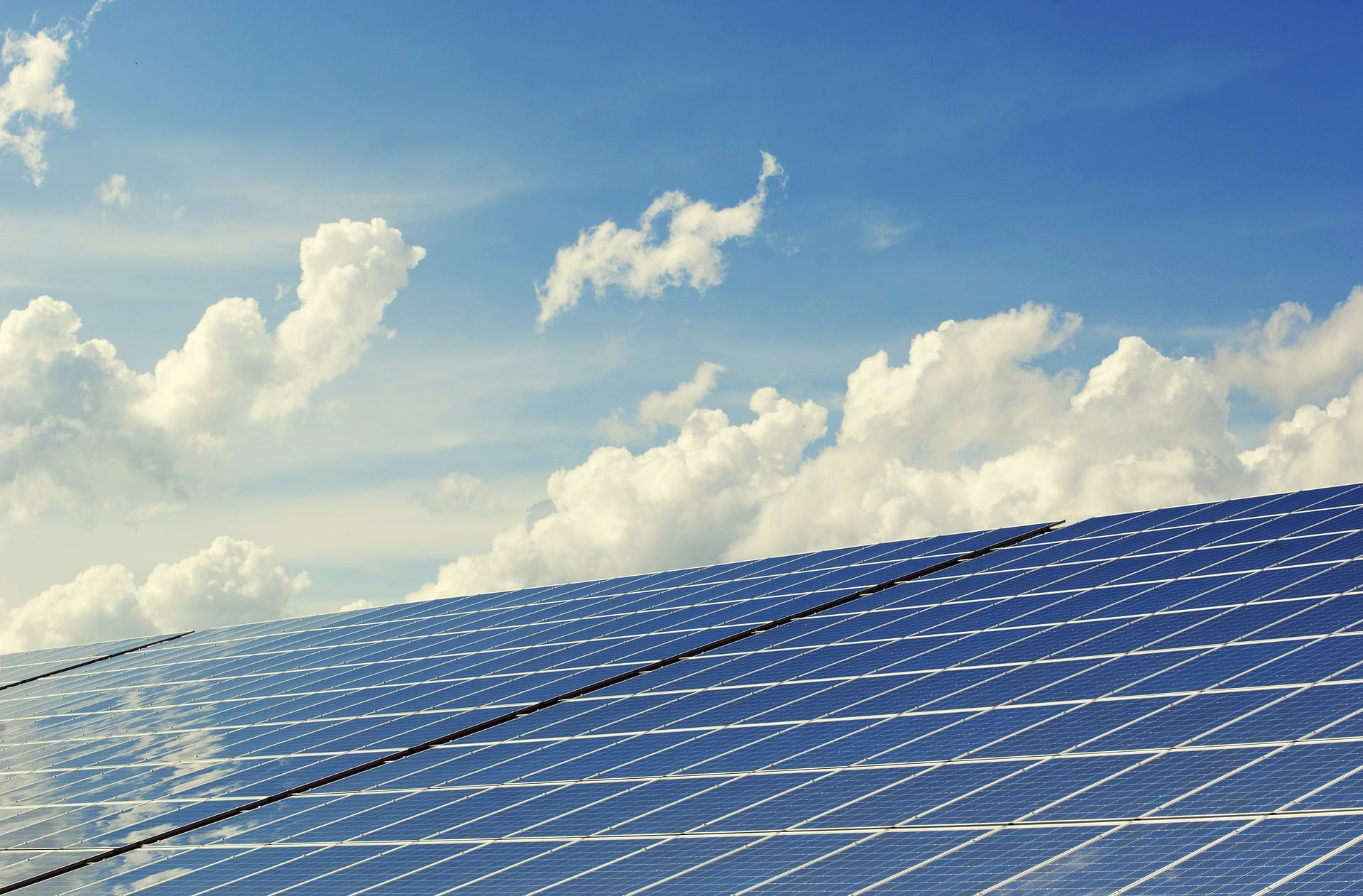While Eskom remains a heavy burden on all South Africans, there is hope in the form of renewable energy. And it will only serve in the best interest of every local South African business owner to take this option more seriously. Given that you can qualify for a solar energy tax break, it might be time to make the switch.
The Solar Energy Tax Break You’ve been Missing
It is interesting to note that in 2016, the Income Tax Act was amended to include this particular solar energy tax break. To be more specific, section 12B of Act 58 was changed to allow the depreciation of specific solar installations. Basically, we are talking about recouping almost 30% of the net cost for the system, in the same year it gets installed. But let’s break it down and take a better look at your options.
- Systems that generate less than 1MW
Firstly, the amended act only applies to systems that generate 1MW or less. Only then can you claim 100% depreciation in the same year. Although, most businesses don’t need more than 1MW to make a big difference.
- Systems that generate more than 1MW
For bigger systems, the depreciation rule stays the same. You can claim 50% in the first year, 30% the following year, and 20% the final year.
Terms of Solar Energy Tax Break
Unfortunately, not everyone can benefit from the tax break. Certain requirements and limitations are in place. They are:
- It needs to be for business purposes
The amended act serves as an incentive for businesses to cut down on energy usage. At the same time, businesses stand to save a lot of money. Not only does a solar power system eventually pay for itself, but you can claim fair wear and tear at the end of the tax year.
- Specific type of system
There are three types of solar power systems covered by the act. A grid-tied system, a ground-mounted system, and rooftop systems. The good news is that these are the three most common types of installations available, especially rooftop systems.
- Claim during the year of commission
If you want to claim from SARS, then it needs to happen in the same tax year the system was installed.
In Basic Terms
What does all the above mean for you and your business?
- You can pay upfront or install the system on credit
It does not matter if you pay for the system upfront, or if you use a credit. You will still be able to claim at the end of the year. Although, using the credit option could help maintain positive cash flow while waiting for the claim.
- 100% depreciation
The claim depreciation percentage is tied directly to business tax, which is 28%. So, a 100% depreciation claim basically means you claim 28% of the total cost for the system. This results in you recouping almost a third of what you paid.
- The tax break extends to all the costs of the solar installation
You’ll be happy to know that the solar energy tax break includes everything about the system, as well as the installation. Even the delivery costs can be added. This also includes the different components, such as the panels, the batteries, the inverter, etc. However, the break does not include financing.
- Spend much less on energy costs
It is a well-known fact that solar equipment will pay for itself. And with current electricity tariffs, this statement gains more substance. But in addition to getting energy for free and claiming back on the costs, you don’t have to spend nearly as much on grid power.
Why Most Businesses don’t Utilise the Tax Break
The truth is that this information wasn’t made readily available to the public. In fact, to find this amended act requires a deep and possibly long search. As for the business owners that are aware of the act, but don’t utilise it, they don’t want the hassle. Thanks to the “chaos” associated with SARS and the lack of urgency, some business owners don’t think it is worth it.
But if you are serious about sustaining your business in a tough local economy with rising electricity tariffs, start thinking about solar power.
